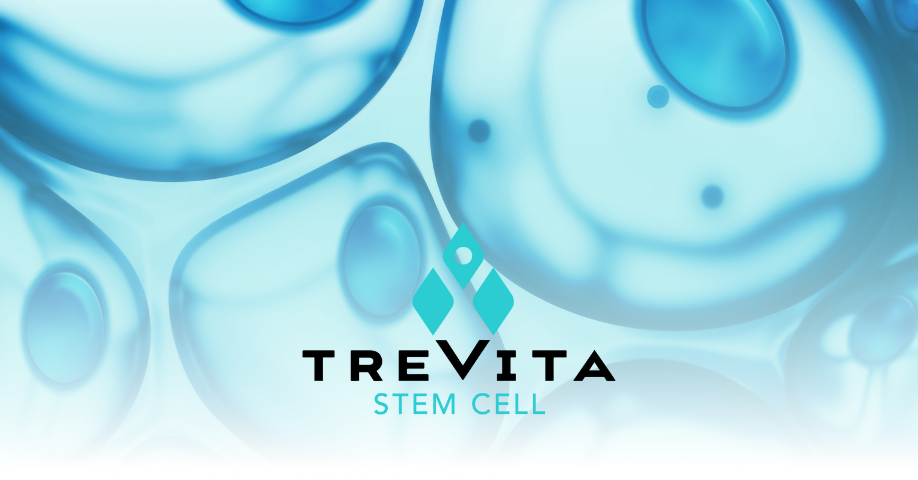If you follow advances in regenerative medicine, you’ve probably heard about stem cells and their potential to heal damaged tissues, restore function, and improve quality of life. But there’s one special type of stem cell that’s been making waves in scientific research: MUSE cells.
WHAT EXACTLY ARE MUSE CELLS?
“MUSE” stands for Multilineage-differentiating Stress-Enduring cells. That’s a mouthful, but it perfectly describes what makes them unique.
MUSE cells are naturally occurring pluripotent stem cells. In simple terms, that means they can develop into almost any type of cell in the body — muscle, nerve, skin, liver, you name it. Unlike other pluripotent stem cells (such as those from embryos or lab-created iPSCs), MUSE cells have no known tumor risk, making them a safer option for potential therapies.
They’re also remarkably tough. While most cells die off when exposed to extreme stress (like lack of oxygen or nutrients), MUSE cells survive and stay functional. This stress resistance is thought to be a big reason why they’re able to travel through the bloodstream, find damaged areas, and help repair them.
WHERE ARE MUSE CELLS FOUND?
MUSE cells aren’t something that needs to be artificially created in a lab — they already exist inside your body. They make up about 1–3% of mesenchymal stem cells (MSCs), which are found in:
- Bone marrow
- Fat (adipose tissue)
- Skin
- Peripheral blood
Researchers first discovered MUSE cells in bone marrow, but since then they’ve been found in many other tissues. This means they’re a natural part of your body’s built-in repair system, ready to jump into action when damage occurs.
THE CONNECTION TO MESENCHYMAL STEM CELLS
Here’s the exciting part: if you’re receiving mesenchymal stem cells, you’re receiving MUSE cells.
MSCs are already known for their ability to reduce inflammation, promote healing, and support tissue repair. But MUSE cells — hidden within every MSC population — may be the real all-stars.
Think of MSCs as a sports team. They’re talented, hard-working, and versatile. MUSE cells are like the MVPs on that team — the players who can step into any position and change the game.
It is believed that within mesenchymal stem cells that roughly 1% to 3% are MUSE cells.
This is why treatments using high-quality mesenchymal stem cells can be so powerful. When you receive MSC therapy, you’re not just getting the well-known benefits of mesenchymal stem cells — you’re also tapping into the healing potential of the MUSE cells that live inside them.
DOES TREVITA OFFER MUSE CELLS?
MUSE cells are the body’s own built-in repair crew, hiding in plain sight inside mesenchymal stem cells. They’re tough, versatile, and may hold the key to unlocking the next generation of safe, effective regenerative medicine.
At TreVita, we provide only the highest quality, ethically sourced mesenchymal stem cell therapies — meaning you’re not just getting MSCs, but also tapping into the full healing potential of the MUSE cells within them. Our goal is simple: deliver world-class regenerative care you can trust.

